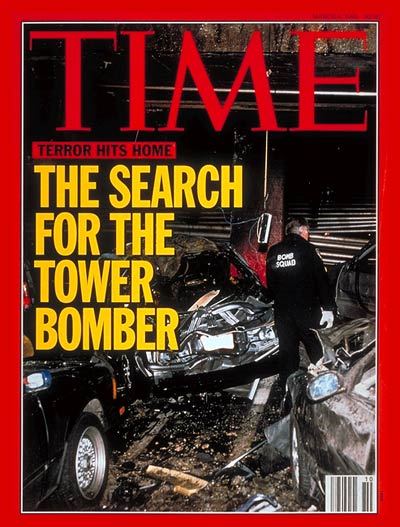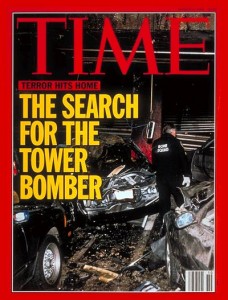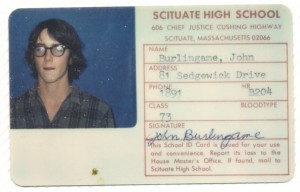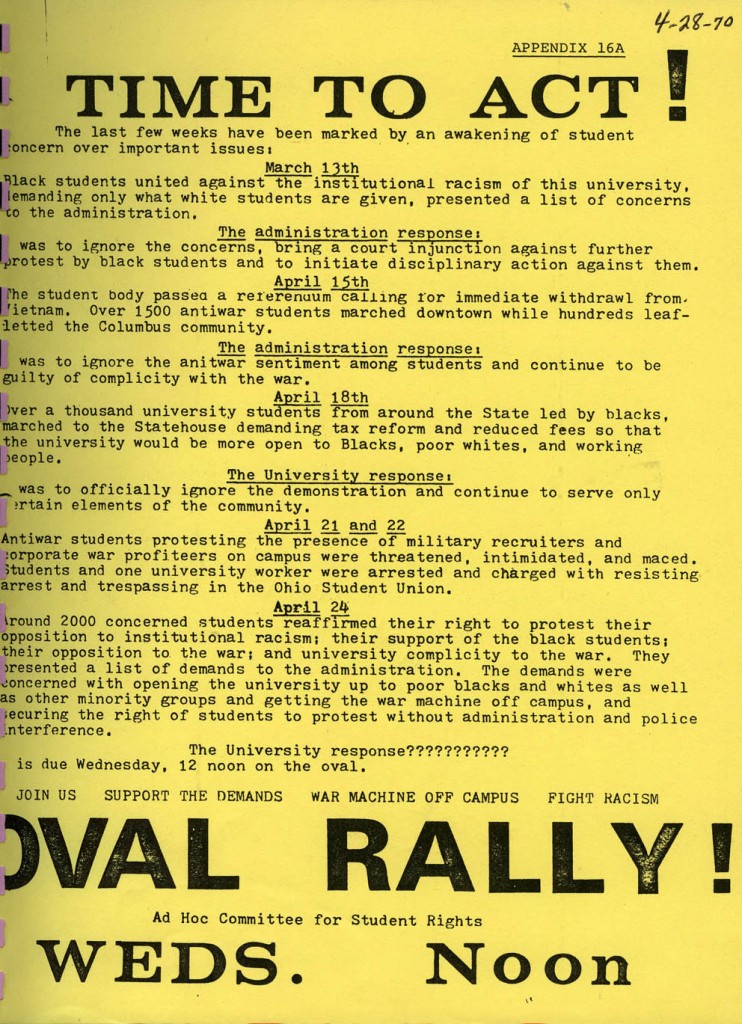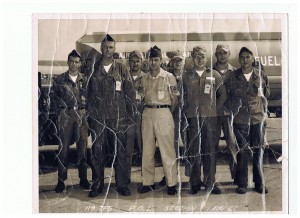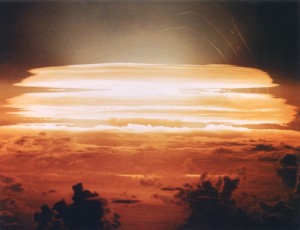By Kassidy Lesher
“Poverty in the 1960’s is invisible and it is new, and both these factors make it more tenacious,” Michael Harrington proclaimed in his groundbreaking study, The Other America (1962), “It is more isolated and politically powerless than ever before.” [1] To most individuals, the baby boom evokes an age full of growth and prosperity. Unfortunately though, that was not always the case. There were people born and raised in the baby boom who did not find a prosperous nation. Living conditions were horrible for the poor and little was being done to help change it. This was the case for Ann Marie Harpel, a child of the baby boom era who was born in 1948, along with her four other sisters. She recalls the difficulties of her life growing up in a time. Her story illustrates a darker side of the baby boom era. It shows that post-war American life also had extensive poverty.
Harpel’s father served in World War II, returned home and then began to start a family. Her parents always wanted to have a large family, and with her father coming back from service allowed for them to finally make it happen. With five daughters arriving almost one right after another, however, it was not easy on her parents to provide. Money was tight around the house with Harpel’s father being the only one with a job. Some families were doing well which is why historian H.W. Brands observes that “rising postwar incomes enabled families to thrive with single breadwinners.” [2] Yet this was not the case for the Harpel family. Harpel remembers, “my life was very hard growing up. I did not have the advantages that other children had. I was always lacking the necessities.” [3]. She owned one dress and one jacket growing up. The jacket came from the Salvation Army, and she wore it for years. She felt like she was always at a disadvantage. Unlike many other children around the neighborhood, she did not have money to take the bus to school. She and her siblings walked. Yet, the worst part about going to school was lunch. “I never had enough to buy a meal though” Harpel recalls, “When I could afford food, it was only two rolls because they were only a nickel at school. On the days I was able to eat rolls, were the days that I was happy.” [4]
Harpel’s father worked as hard as he could at a steel mill from the time he returned from service until the business was shut down. Yet even though it would have benefited the family for her mother to work, she never did. Harpel’s mother instead enjoyed her freedom and would do whatever she pleased, without worrying about her family. Brands states, “their wives could devote themselves to caring for the children.” [5] Unfortunately though, that was not the case for Harpel. She had to take care of herself and her siblings because her mother did not bother with them. “My life would have been one big happy memory if I did not have any worries” Harpel says, “Instead, I have sad memories of my childhood because I never got to do what I wanted and just be a child.” [6] As soon as she got home from school, she had to help her siblings with their homework and then do the chores. Cleaning and cooking were almost always her responsibility, for as long as she can remember. Her siblings contributed, but with her being the oldest a majority of the tasks fell on her.
Harpel was also forced to help out by getting a job. She started working around the age of twelve. Her mother found her a job as a babysitter for the local district attorney. She would babysit for them any night of the week when the family needed help. She also had to clean the house when it was asked of her. Harpel said, “The job was not so bad because I already knew how to take care of children and how to clean a house, because they were both things I was doing for my own family.” [7] She normally received around $8 dollars a week and of that money she could only keep $2-$3 if she was lucky. Either all of the money, or most of it, went to things for the house. Her job was not for her own benefit or enjoyment, it was simply to help provide for the family. After babysitting and cleaning, Harpel would attempt to do her homework. Sadly, schoolwork was not always an option, because whatever she needed to do to for herself came last.
Harpel recalls the moment of receiving her diploma was “one of my proudest moments because I felt like I achieved something completely and solely for myself.” [8] Yet this moment turned sour because he mother told her that if she had not forced her to attend school every day, she would never have graduated. Harpel particularly remembers this moment because it was the first time when she fully realized that her mother was unable to show any love towards her. Harpel had been so proud of herself for achieving something special and her mother had stripped her of it. Parents are supposed to be happy for their children’s success, but Harpel sadly did not receive that. Luckily for her and her siblings, however, there lived a kind elderly women down the street who would always help out the girls whenever their mother was not around and father was at work. She would open up her home for the girls, so they would have a place to bathe.
Harpel notes, “Also, there was no running water or a flushing toilet. We would have to use a bucket to flush the toilet. We had no tub either to bathe in.” [9] Her living conditions were a prime example of the poverty she was in. The house she grew up in only had two bedrooms, and she does not remember her parents ever sleeping in one. Each room to her memory had a double bed and the sisters shared those two beds. The living room was the only place with heat during the winter, and Harpel believes her parents used to sleep on the floor by the fire to stay warm. Every other place in the house though was without heat, because they could not afford a heating system. The house also lacked appliances such as a washer and dryer. If laundry needed to be done, Harpel would have to take it to the nearby laundry mat. The money she made from working would contribute to things as such. Her family was unable to afford a house as nice and simple as the Levitt model homes that were being produced around the nation. Not everyone could afford to enjoy the new American lifestyle .
As Harrington wrote, “The poor are not like everyone else. They are a different kind of people. They think and feel differently; they look upon a different America than the middle class looks upon.” [10] In the early 1960s, Harrington showed the growing divide that existed in America. Most people did not want to acknowledge the troubles of that time though. Instead the people wanted to only see the good in the nation that was happening, and not work on fixing the hardships that still existed. Poverty was a problem that needed to be dealt with, and unfortunately for many it was an issue that people forgot about. Irene Brown, a sociologist of Emory University, points out that, “The odds of being poor for the cohort born between 1959 and 1964 is 33 times that of the oldest cohort.” [11] In other words, poverty actually increased as the baby boom continued. “For every cohort of white household heads born since the beginning of the baby boom,” Brown observes, “each new generation has been facing a higher risk of impoverishment than the cohorts preceding it.” [12] The issue of poverty was not properly addressed and taken care of during the rise of the baby boom, and thus families such as Harpel’s had to suffer growing up. Yet too many historians have overlooked their struggles in their happy depictions of the post-war era.
[1] Michael Harrington, The Other America (New York: Penguin Books, 1962), 14.
[2] H.W. Brands, American Dreams: The United States Since 1945 (New York: Penguin Books, 2010), 70.
[3] Email interview with Ann Marie Harpel, March 22, 2015.
[4] Email interview with Ann Marie Harpel, March 22, 2015.
[5] Brands, 70.
[6] Email interview with Ann Marie Harpel, March 23, 2015.
[7] Email interview with Ann Marie Harpel, March 23, 2015.
[8] Email interview with Ann Marie Harpel, March 23, 2015.
[9] Email interview with Ann Marie Harpel, March 23, 2015.
[10] Harrington, 146.
[11] Irene Browne, “The Baby Boom and Trends in Poverty” Social Forces Vol. 73 No. 3 (Mar. 1995): 1071-1095 [JSTOR].
[12] Browne, 1088.

